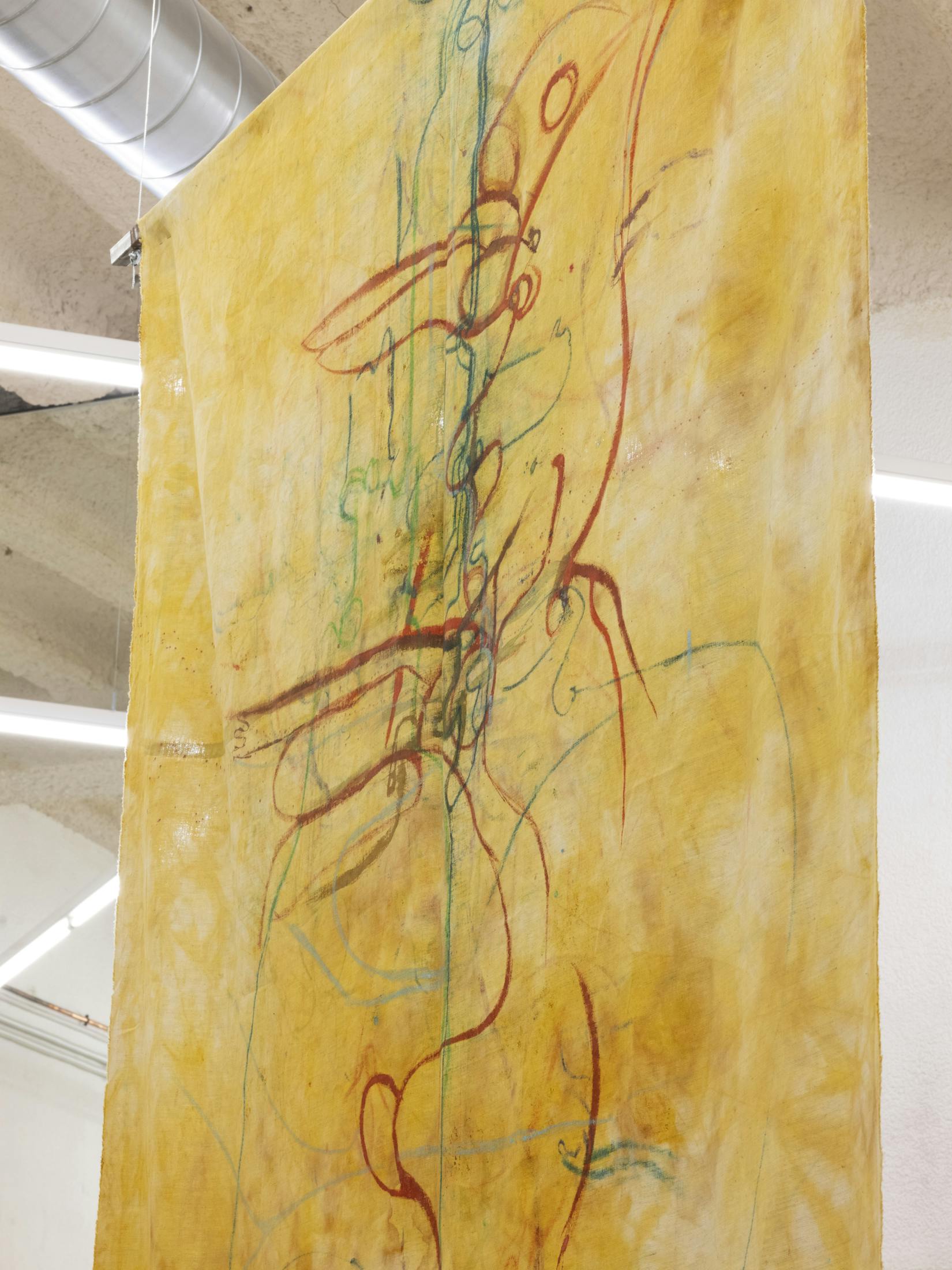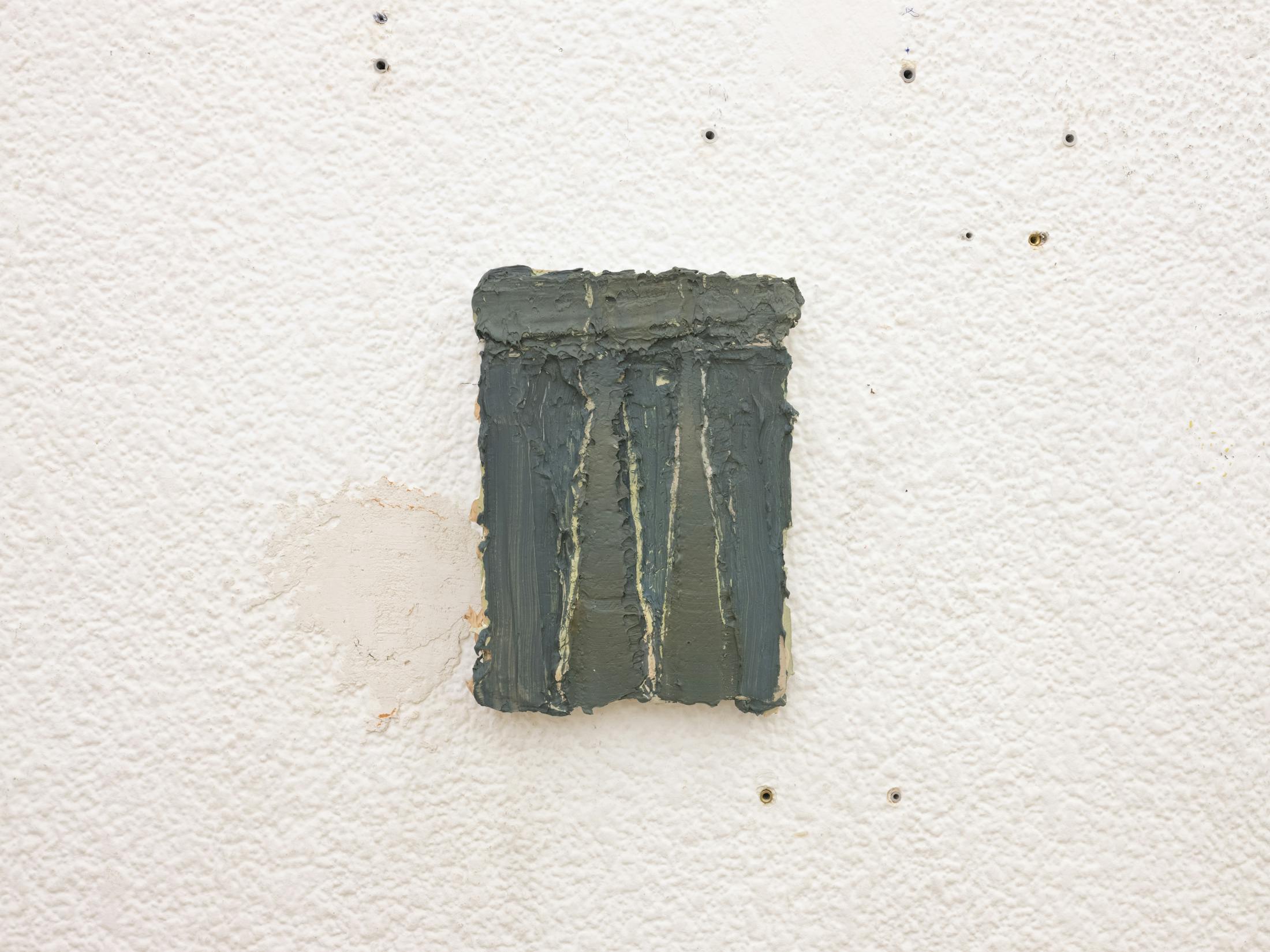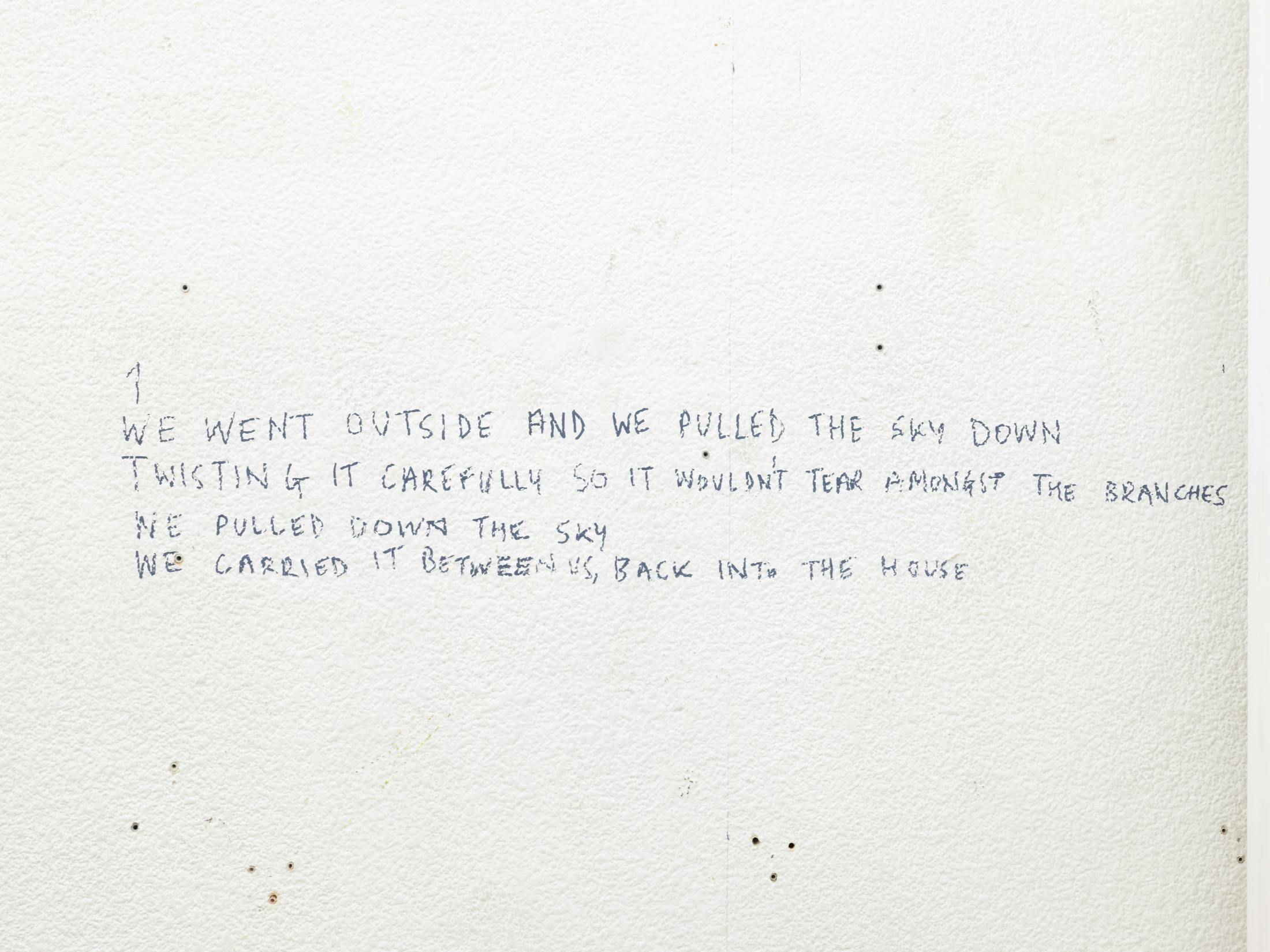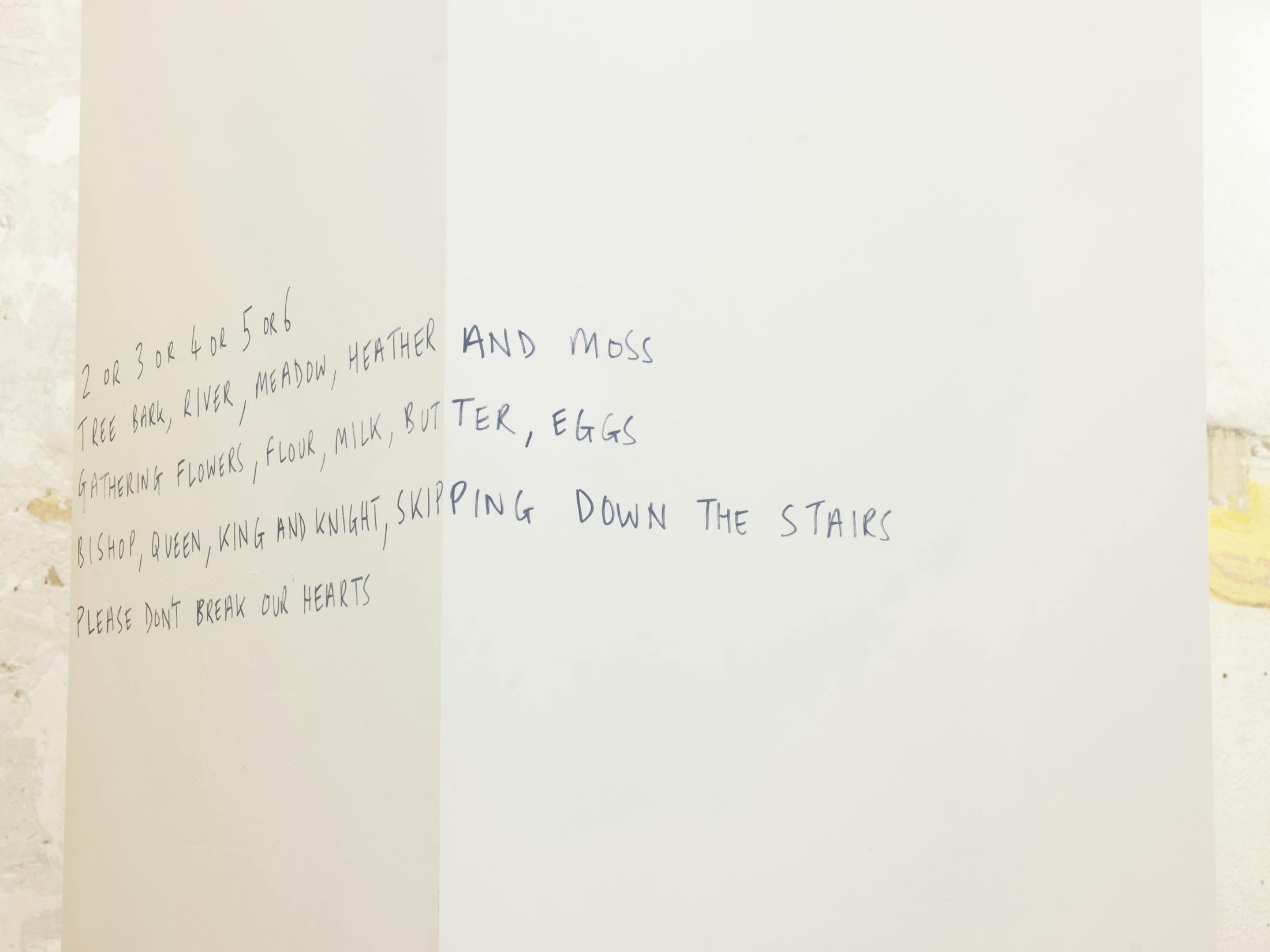The artworks by Elena Aitzkoa, Esther Gatón, and Mercedes Mangrané shown in the exhibition Within Reach share an interest in investigating two concepts: scale and material. Scale here is not merely a measurement of proportion and correspondence –to the body, to a space, to an object. It is also a defining aspect of these works that are linked by their engagement with proximity, using materials and themes that are indeed within arm’s reach.
All of these pieces share a certain idea of reconstruction, employing techniques of erasure and accretion which are repeated several times. Making, unmaking and remaking, there is an addition and subtraction distanced from predetermined production processes. So distanced, in fact, that the forces at work here are almost antithetical: the results are achieved in an intuitive dimension where the idea of destruction itself is omnipresent.





























































